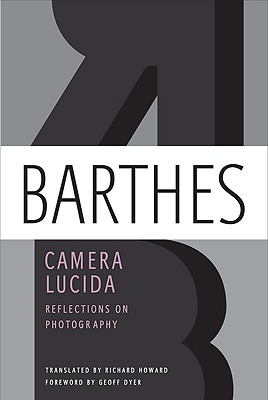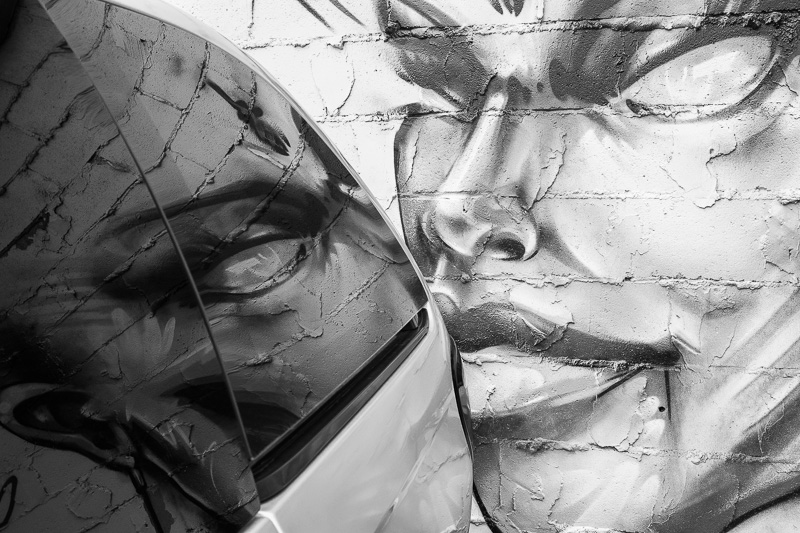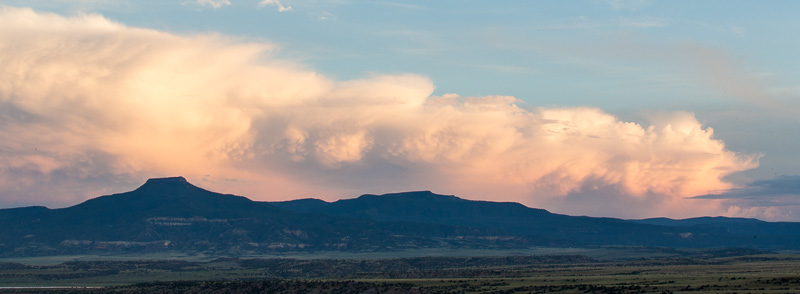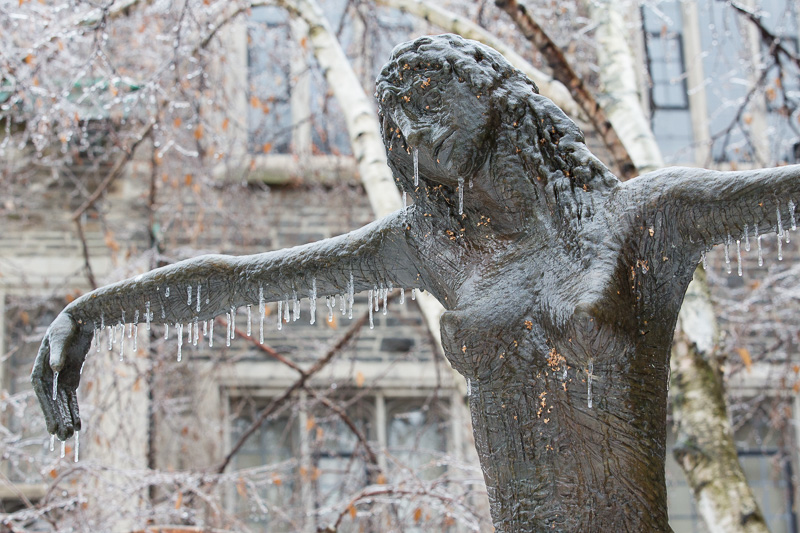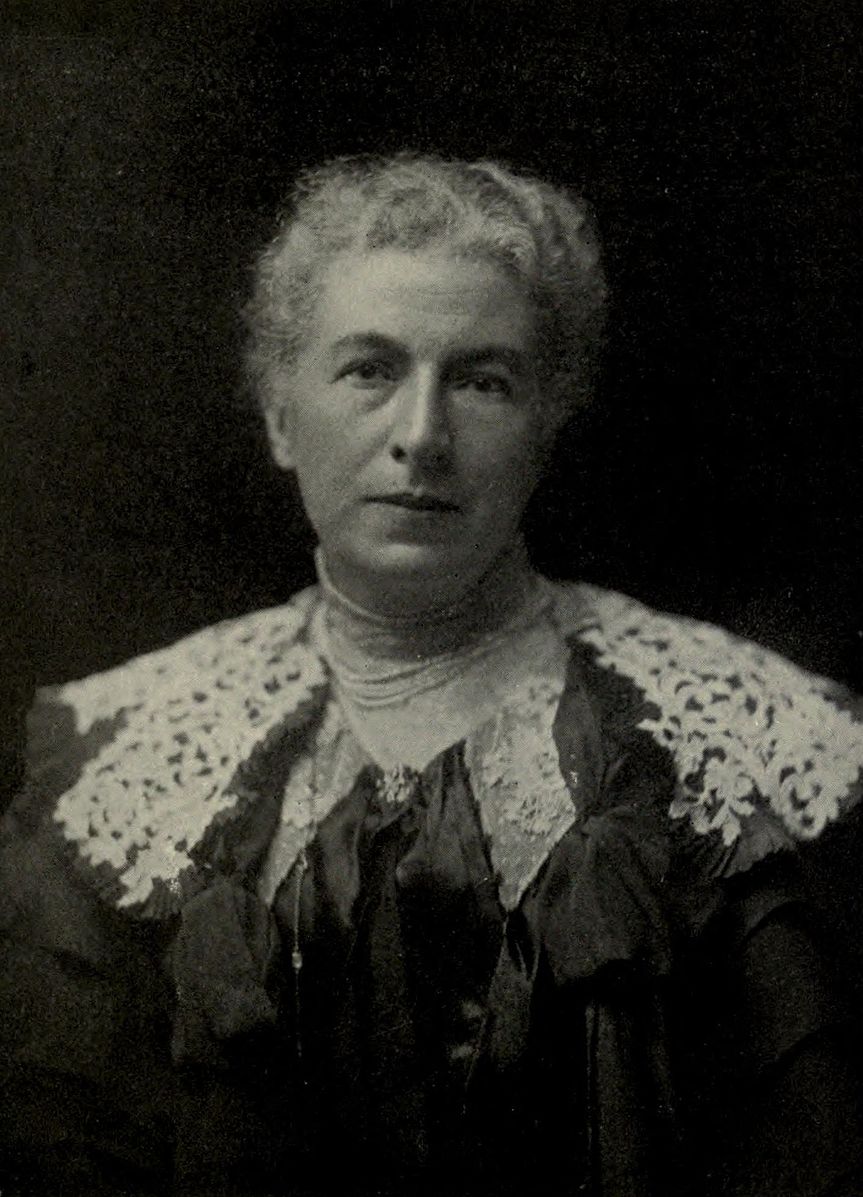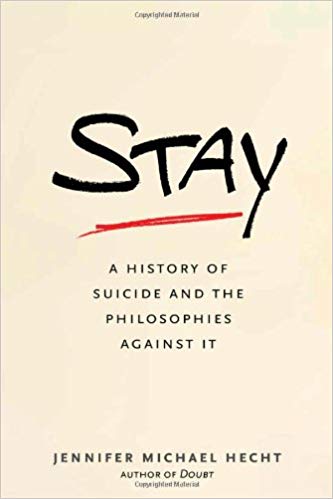I grew up in Willowdale near a ravine and a nameless creek that flowed into the Don River. I played in that ravine. Pheasants flew out of it and strutted through my back yard. Weird shit happened down there, too.
Category: Head
The category, Head, is for posts that make us think.
Barthes’ Studium and Punctum
In his Camera Lucida, Roland Barthes introduces the notions of studium and punctum to help us think about photographs. While far from the last word on photography in this post-structuralist postmodern world of ours, and (as Geoff Dyer cautions in his forward) while far from the last word even in Barthes’ own thinking, nevertheless the…
Chorley Park Switchback Trail
So I’m standing above the site of the old quarry behind the Toronto Brickworks, tripod set up with my 70-200 mm, shooting across the ponds and paths below, captivated by the Z cut into the far hill, when I hear a voice behind me: “What are you taking a picture of?”
Street Photography in Paris
Not long ago, I found myself standing on the curb of the Champs Élysées being an annoying tourist. I had a big honking camera (Canon Mark III) hanging from my neck which made me the opposite of inconspicuous, and I was doing what I always do when I have a big honking camera hanging from my neck. I was looking for a shot.
Ansel Adams, Graffiti
In Examples: The Making of 40 Photographs, Ansel Adams gives accounts of how he produced some of his most famous photographs. When I picked up the book, I noted that he had written an account of graffiti he shot at an abandoned military installation north of San Francisco.
Untitled (Head) by Jun Kaneko
A year ago, early on a Sunday morning, I walked past the Gardiner Museum as they were hoisting Jun Kaneko’s giant ceramic head onto its metal pedestal in front of the building.
The Ghost Ranch Narrative
I spent last week on a photo workshop with Richard Choe at the Ghost Ranch near Abiquiu, NM, a 75 minute drive northwest of Santa Fe.
The Gay World
In 1970, W.E. Mann edited a volume titled The Underside of Toronto (McClelland & Stewart), perhaps an early effort to dispel the Disneyfied image of Toronto the Good. In Part Four, titled “Deviant Behaviour and Deviant Groups”, he includes William Johnson’s “The Gay World”.
Nine and a Half Weeks (Of Shopping)
Elizabeth McNeill’s erotic memoir of a love affair is celebrated for the fact that it’s told from the submissive’s perspective in an SM relationship. The unnamed man slaps, cuffs, spanks, whips, beats, humiliates the narrator who leverages the pain to a heightened desire. At least that’s how the novella-length memoir is celebrated. My take on the book is that it has less to do with sex than with shopping.
Crucified Woman in Ice Storm
In 1995, Oliver Sacks published a book titled An Anthropologist On Mars. It’s a collection of “case studies” about people with neurological disorders. The virtue of Sacks’s writing is that it’s accessible to the lay reader: he presents his subjects without technical jargon while preserving the important questions which their conditions raise.
Robert Elsmere, by Mrs. Humphrey Ward
Suppose somebody told you they were reading a novel about a man who joined the ranks of the clergy, married a religious woman, found himself plagued by doubts (in university, he had moved with a crowd of mostly rationalist atheist science types), left the church, found himself in conflict with his wife and worried that the situation might destroy his marriage, poured himself into social justice causes and became a community organizer.
Stay, by Jennifer Michael Hecht
Stay: A History of Suicide and the Philosophies Against It by Jennifer Michael Hecht (Yale University Press, 2013) is an odd book. It’s odd in that there seems to be a divide between what it claims to be and what it is. Note that I didn’t say it’s a bad book. It’s a good book. But it’s not the book it thinks it is.
When do writers peak?
A question that people like to ask of the writing life is: at what age do writers produce their best work? What I find remarkable about the question is that people try to answer it. Most answers favour youth.
Read Everything by Brian Fawcett
My first encounter with his writing was his 1994 novel, Gender Wars. Among other things, I love the way he played with split text, layout, font, and font colour to challenge the reader to read better or deeper or whatever.
Two More from Bookthug
At this year’s Toronto Word On The Street, I picked up two chapbooks from Bookthug, one titled My Vagina, by André Alexis, and the other titled Deep Too, by Stan Dragland.

